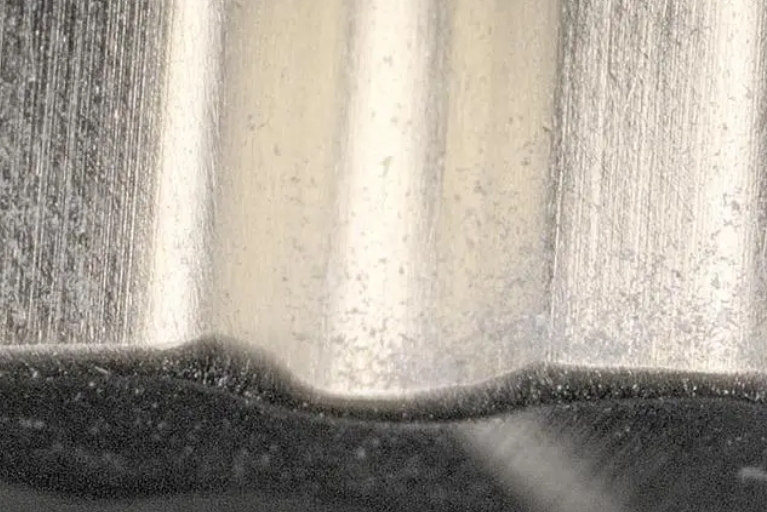
In the field of metal processing, the issue of burrs has always been a focus of attention for engineers. Burrs, these unwanted metal remnants that do not meet product design requirements, mainly include flying edge burrs, sharp corner burrs, and splashes. Although there is currently no effective method to completely eliminate burr formation during production, engineers have made significant progress in the removal of burrs, developing a variety of deburring technologies and equipment for different products. This article will introduce in detail the four main types of burr removal methods and discuss how to choose the most suitable deburring solution for your products.
I. Four Major Categories of Burr Removal Methods
- 1. Coarse Level (Hard Contact) Methods: These include cutting, grinding, filing, and scraping, suitable for deburring where precision requirements are not high.
- 2. Regular Level (Soft Contact) Methods: Such as sand belt grinding, polishing, elastic grinding wheels, and buffing, suitable for deburring with moderate precision requirements.
- 3. Precision Level (Flexible Contact) Methods: Involving washing processing, electrochemical machining, electrolytic grinding, and rolling processing, suitable for deburring with high precision requirements.
- 4. Ultra-Precision Level (Precision Contact) Methods: Including abrasive flow deburring, magnetic abrasive deburring, electrolytic deburring, thermal energy deburring, and intensive laser powerful ultrasonic deburring, which can achieve extremely high machining precision.
II. The Amazing Effect of Electrolytic Deburring
Electrolytic deburring, a type of chemical deburring method, effectively removes burrs resulting from mechanical processing, grinding, and stamping. This method uses the electrolytic effect to round or chamfer the sharp edges of metal parts, characterized by its efficiency and precision. Electrolytic deburring is suitable for complex parts such as gears, spline shafts, connecting rods, valve bodies, and crankshaft oil holes.
III. Special Burr Removal Methods
- 1. Abrasive Flow Deburring: Suitable for deburring during the precision machining stage, with good results for parts with specific shapes.
- 2. Magnetic Abrasive Deburring: Suitable for parts of various materials, sizes, and structures, known for its efficiency and speed.
- 3. Thermal Energy Deburring: Uses high temperatures to burn off burrs, suitable for specific situations.
- 4. Intensive Laser Powerful Ultrasonic Deburring: A highly efficient deburring method that has gained popularity in recent years.
IV. 10 Most Common Deburring Methods
- 1. Manual Deburring
- 2. Die Deburring
- 3. Grinding Deburring
- 4. Cryogenic Deburring
- 5. Thermal Explosion Deburring
- 6. CNC Engraving Machine Deburring
- 7. Chemical Deburring
- 8. Electrolytic Deburring
- 9. High-Pressure Water Jet Deburring
- 10. Ultrasonic Deburring When choosing a deburring method, factors such as the material properties of the part, structural shape, size, and precision level must be considered. In particular, changes in surface roughness, dimensional tolerance, deformation, and residual stress are crucial in determining the deburring plan. In conclusion, selecting the appropriate deburring method for different product requirements is essential. It is hoped that this article can provide you with a useful reference and help you achieve better results in the field of metal processing.





 Customer service 1
Customer service 1  Customer service 2
Customer service 2